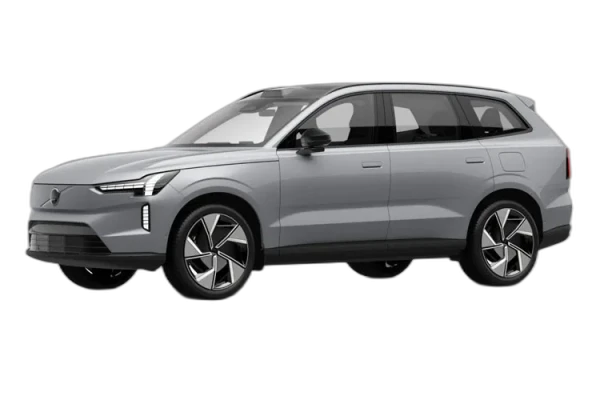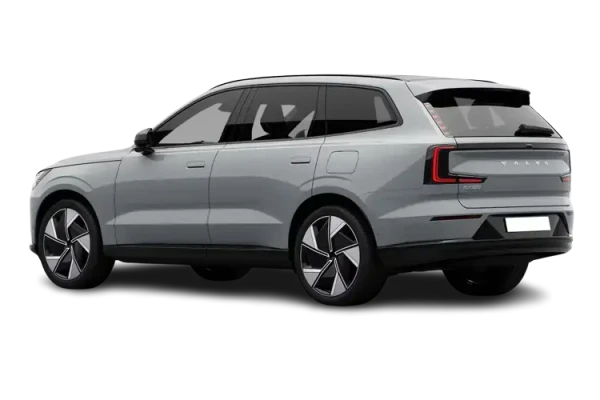Special Offer

Special Offer

Special Offer

Special Offer

Special Offer

Special Offer

Special Offer

Special Offer

Special Offer

Images for illustration purposes only and may show options not included in the rental
Affordable Volvo Ex90 Estate Electric leasing, All our Volvo Ex90 Estate leasing offers include free mainland delivery and exceptional customer support.
- STOCK (3-4 WEEKS) **FREE CHARGER AND SERVICING**
- Electric























